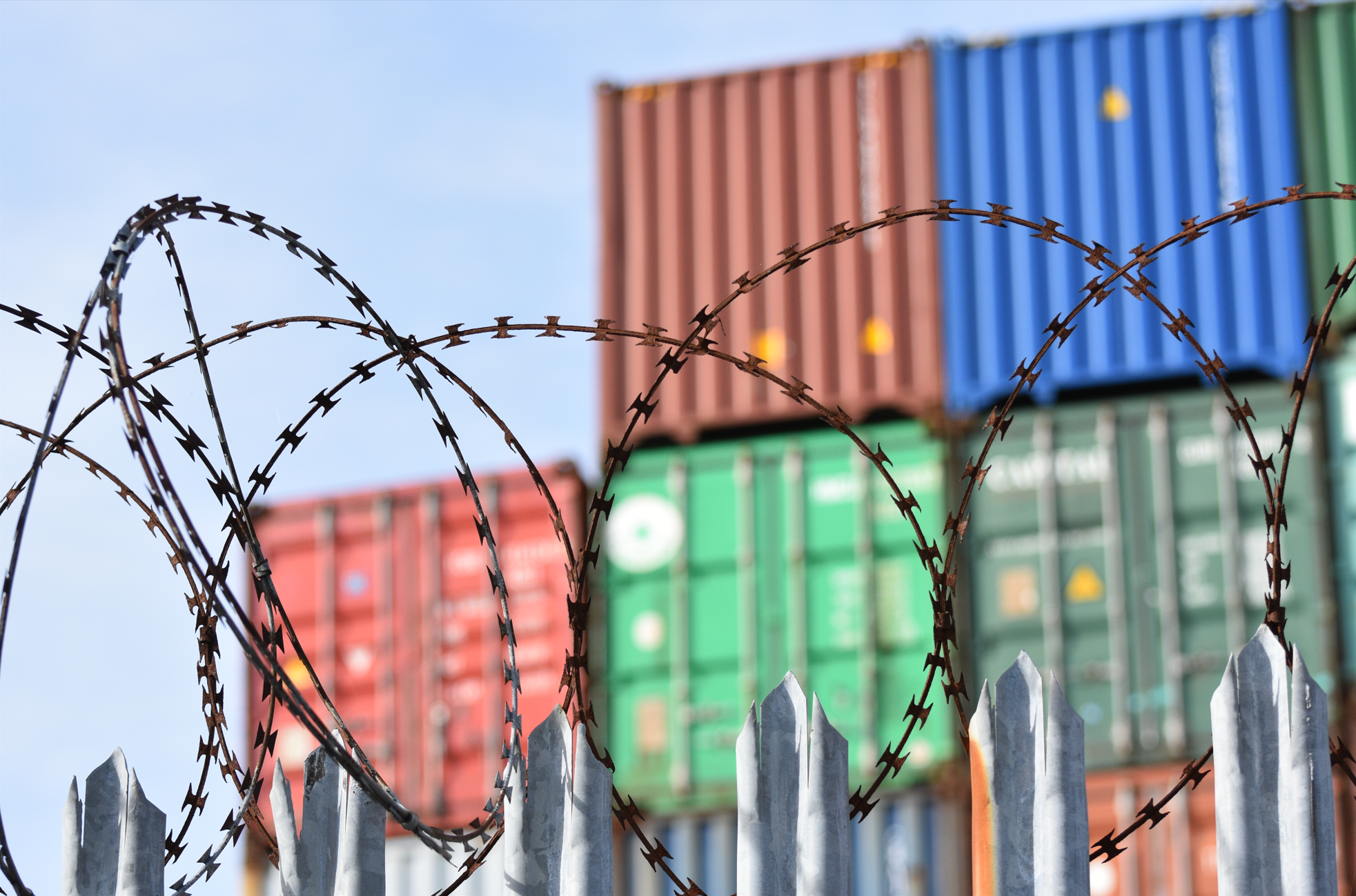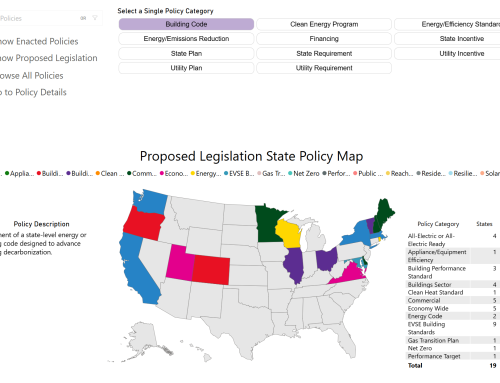
On February 1st, President Trump signed executive orders instituting an array of new tariffs on Canada, China, and Mexico. These included a 25 percent tariff on all Canadian and Mexican imports, with a ten percent tariff carveout for energy products from Canada. An additional ten percent tariff was also placed on Chinese goods.
Quickly, leaders from Canada and Mexico stepped in and managed a 30-day pause on the tariffs on February 3rd in exchange for commitments to bolster border security and reduce the flow of drugs into the U.S.; the ten percent tariff on Chinese products went into effect. Today, however, President Trump announced a 25 percent import tariff on aluminum and steel, including from Canada and Mexico. Already, the administration is expecting backlash in the form of tariffs on American products, with President Trump stating reciprocal tariffs would be announced through Wednesday.
These tariffs spell trouble for affordability in the buildings sector. For one thing, Canada is the foremost supplier of imported energy in the U.S. — in 2023, almost all natural gas imports, 85 percent of electricity imports, and 60 percent of crude oil imports were Canadian. Last year, the value of imported Canadian gas and oil was near to $100 billion. Canadian crude is piped down to the Midwest’s many refineries, as well as those as far west as Idaho and as far east as Pennsylvania. Canadian companies also have longstanding relationships with various American states and regions; Hydro-Quebec has exported hydroelectricity to the state of New York for over a century and Crown corporations sell clean electricity to much of the Northeast.
In the realm of building materials, Canada and Mexico are the first and third largest suppliers of steel to the U.S., while Canada is also the largest supplier of aluminum. Additionally, 30 percent of lumber employed in the U.S. originates in Canada, while over 70 percent of imported gypsum and lime, ingredients in drywall, came from Mexico in 2023. Overall, almost a quarter of imported buildings materials originate in Canada and Mexico. Further, tariffs on home appliances from China will increase their costs for consumers. The National Association of Home Builders indicated that altogether, Trump’s introduced tariffs could raise costs for imported home construction materials by between $3 and $4 billion.
Several Canadian provinces have indicated taking a “tit for tat” approach to Trump’s sweeping tariffs, including Ontario and Quebec. These may impact the cost of fuel oil and imported electricity in the Northeast, as well as the price of natural gas across the Midwest and Northeast. In response to the instituted aluminum and steel tariffs, Canadian entities hinted at matching tariffs.
Currently, energy prices are relatively low according to the Buildings Hub Market Factors dashboard. Generally, energy and electricity prices are lowest in February, with steady increases to come and peaking in the summer. But worries about affordability are already circling, especially in states like Maine and New Hampshire, where large fractions of households — 49 percent in Maine and 40percent in New Hampshire, as of the 2020 Residential Energy Consumption Survey — primarily heat their homes with fuel oil. Additionally, a Canadian diplomat warned New Yorkers that the state, which imports over $2 billion in fuel and electricity from Canada annually, that they absolutely should expect to feel the energy tariffs in their wallets if they are imposed.
The best-case scenario for households nationwide would be for no trade war to occur. A widespread tit for tat battle over tariffs would only result in increasing costs, particularly exacerbating energy burden and energy affordability, in addition to ramping up costs for new construction. Ifa trade war does happen, states across the country will likely take a hard look at how to keep energy bills affordable as costs pile up.



